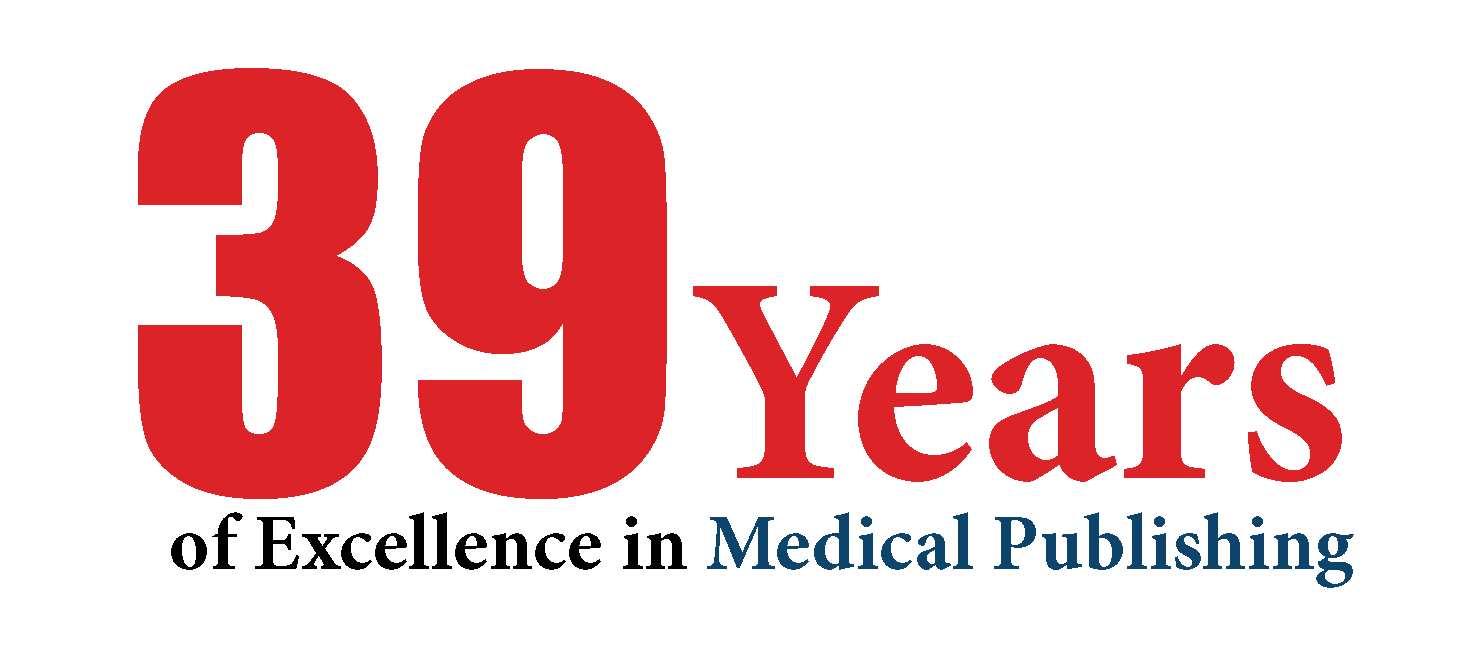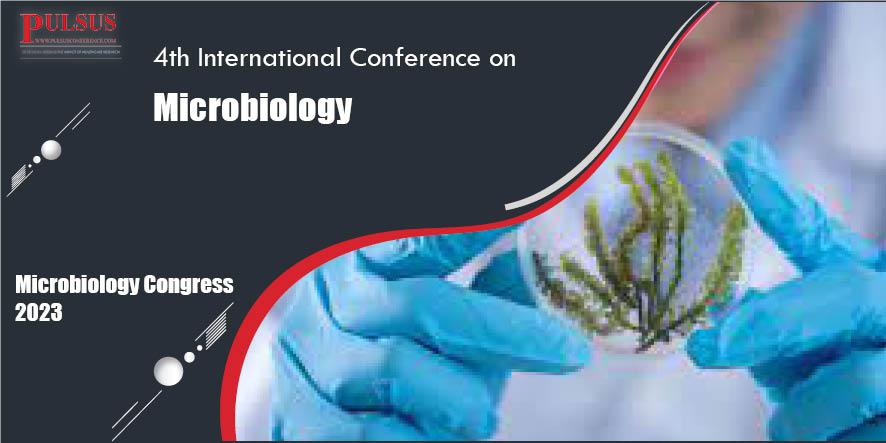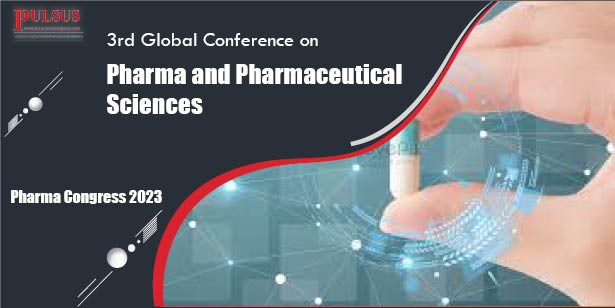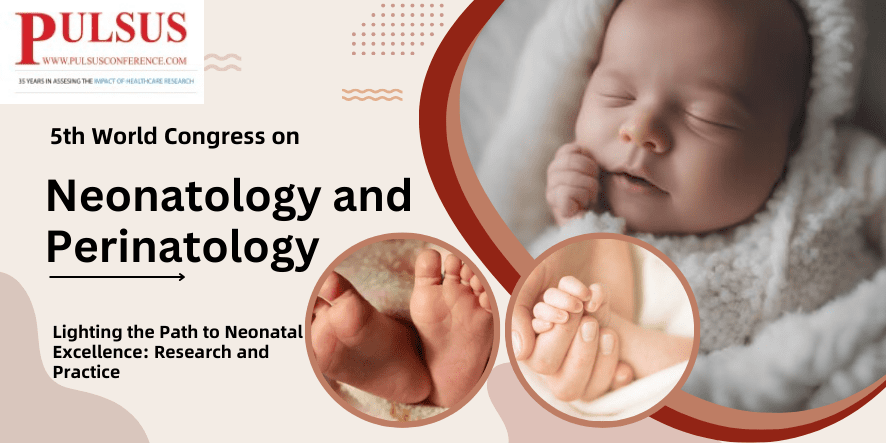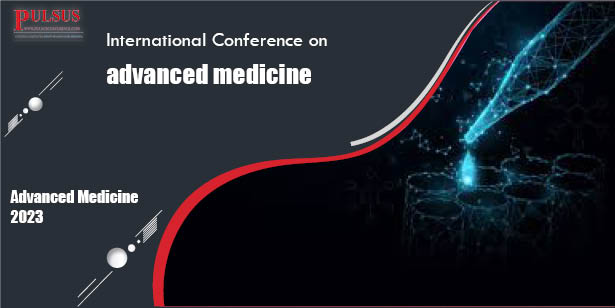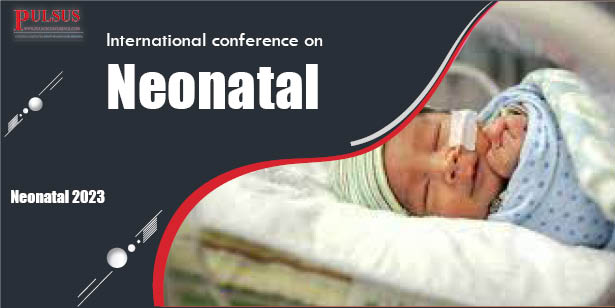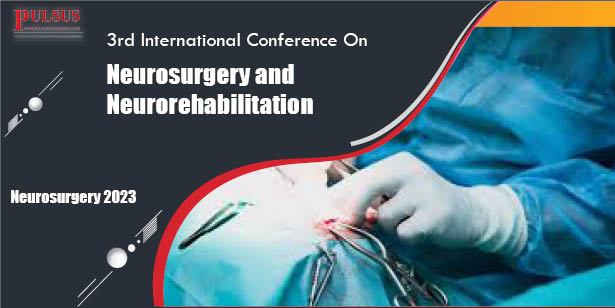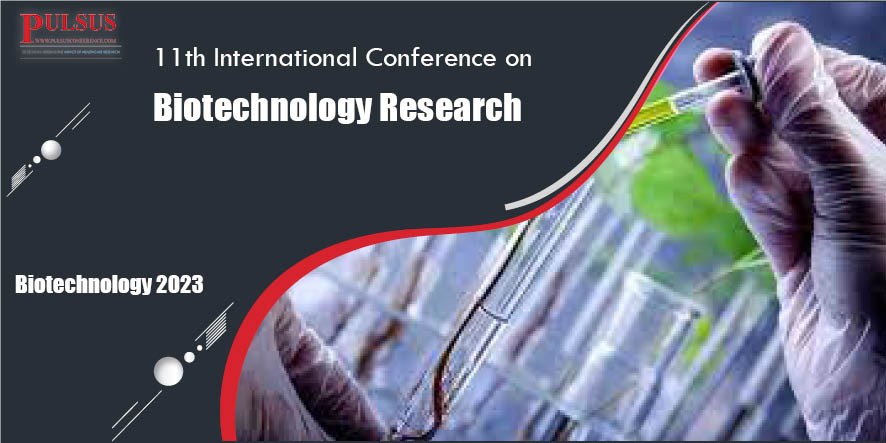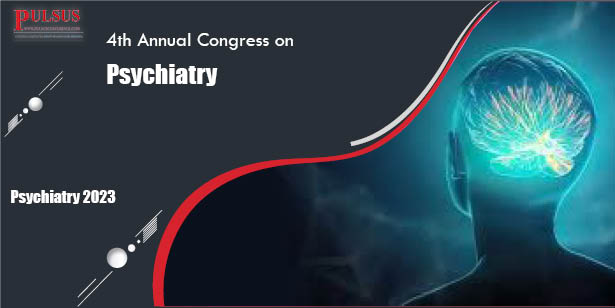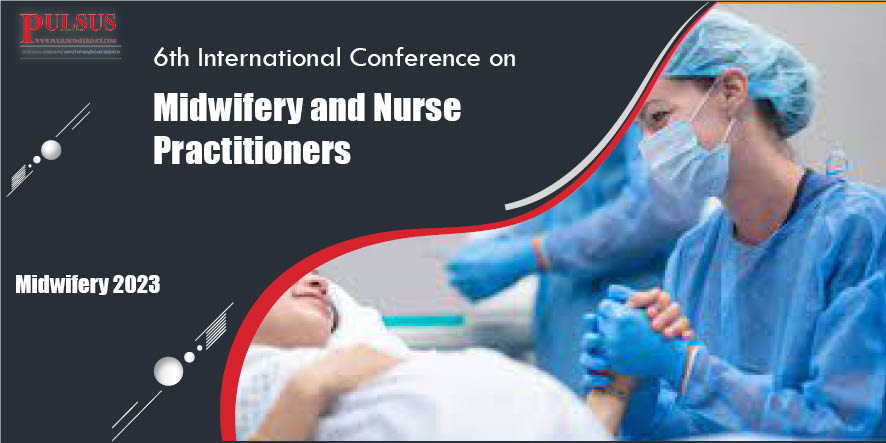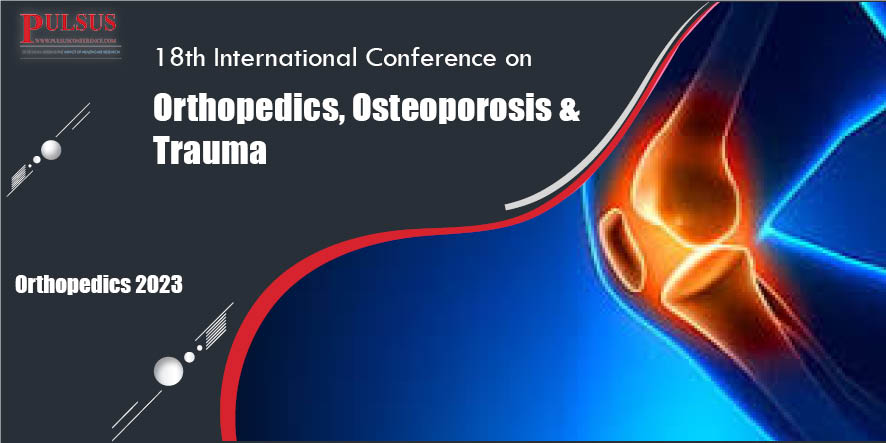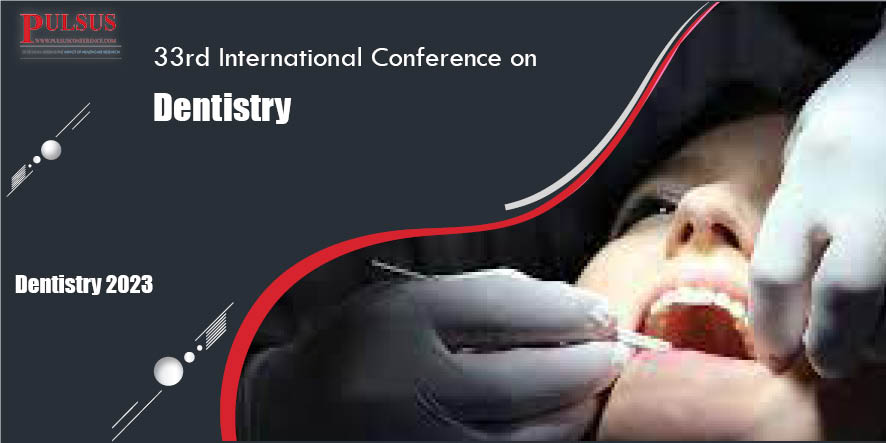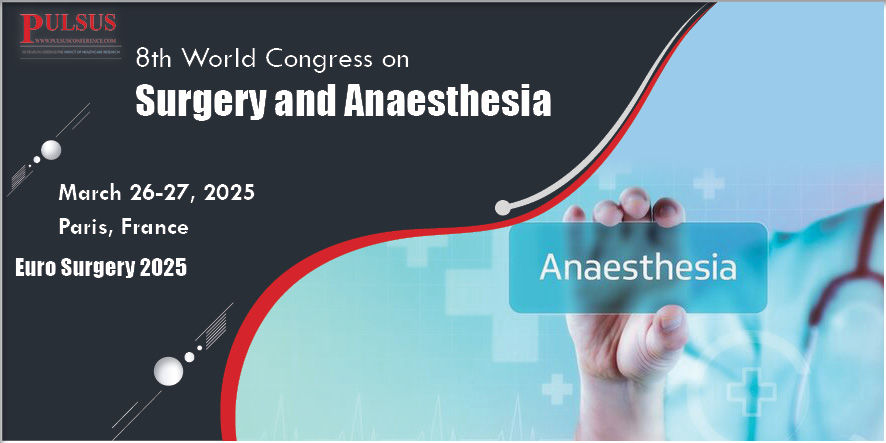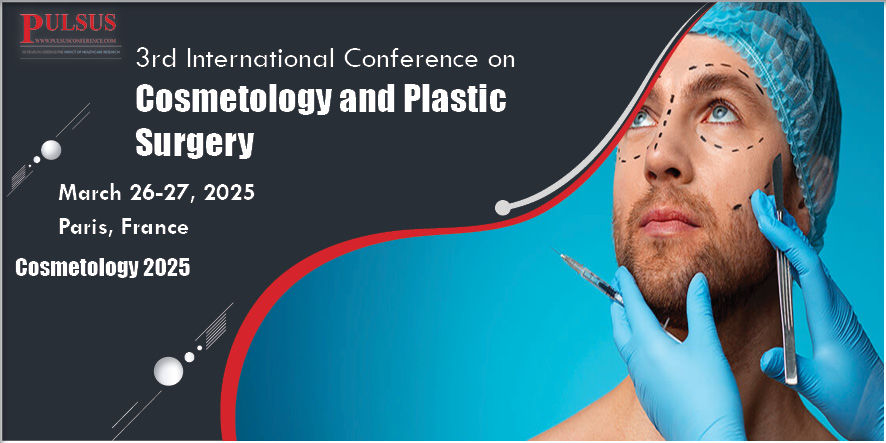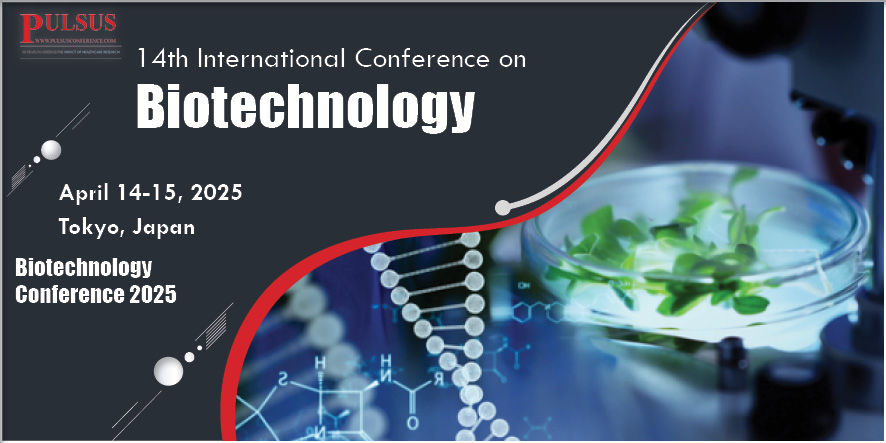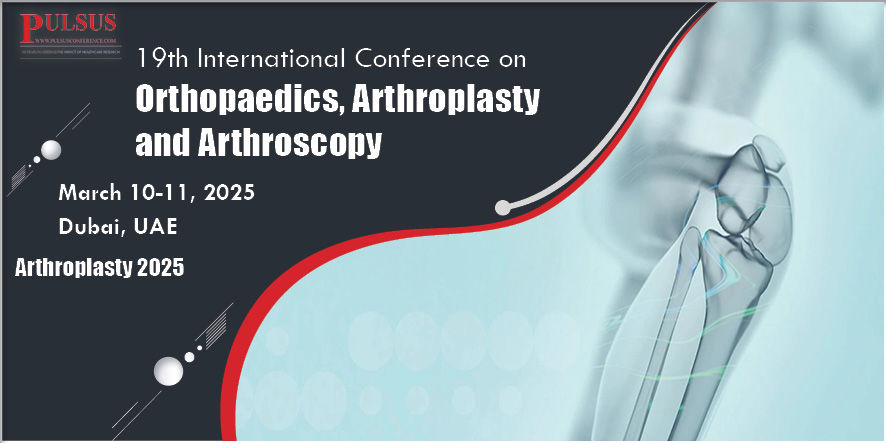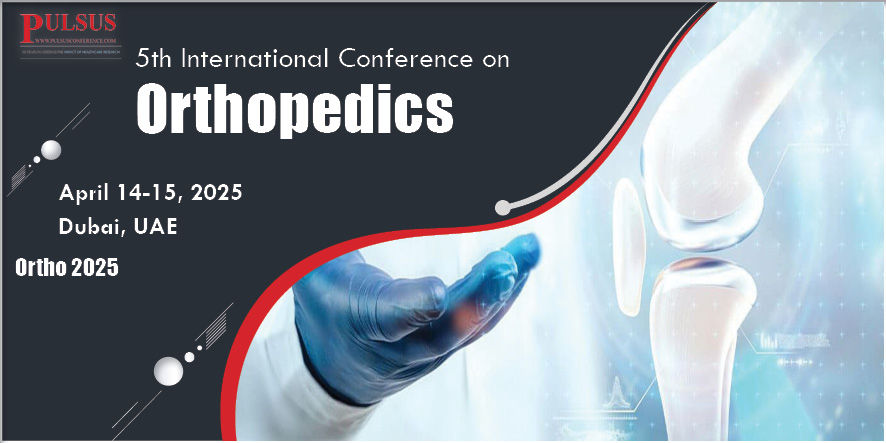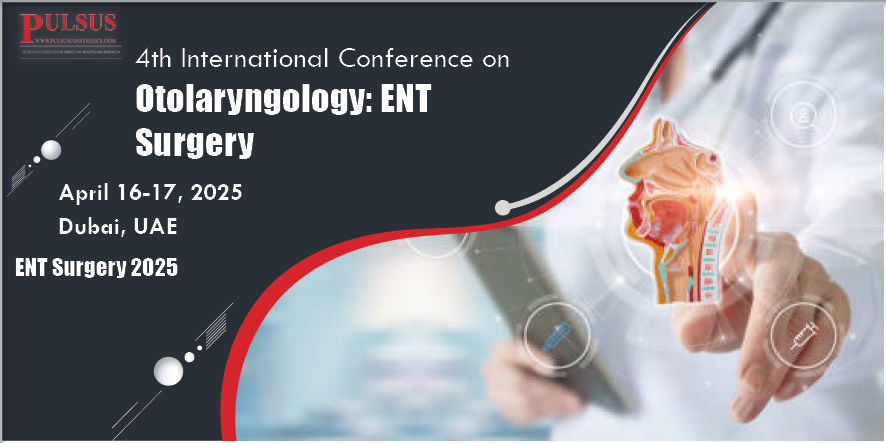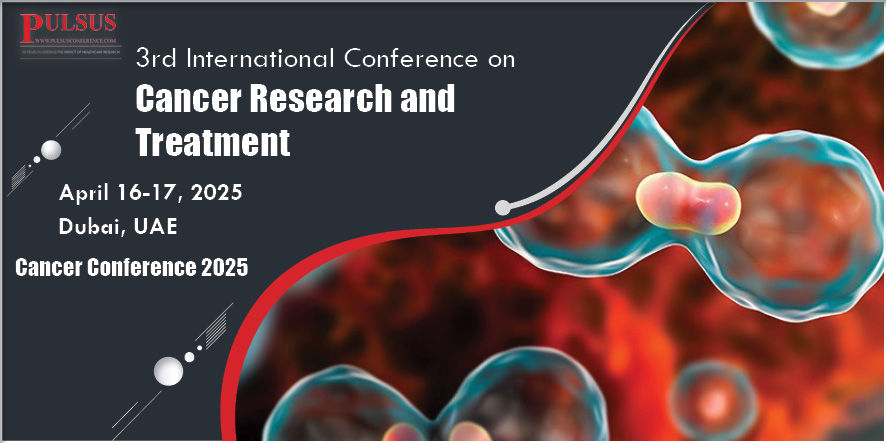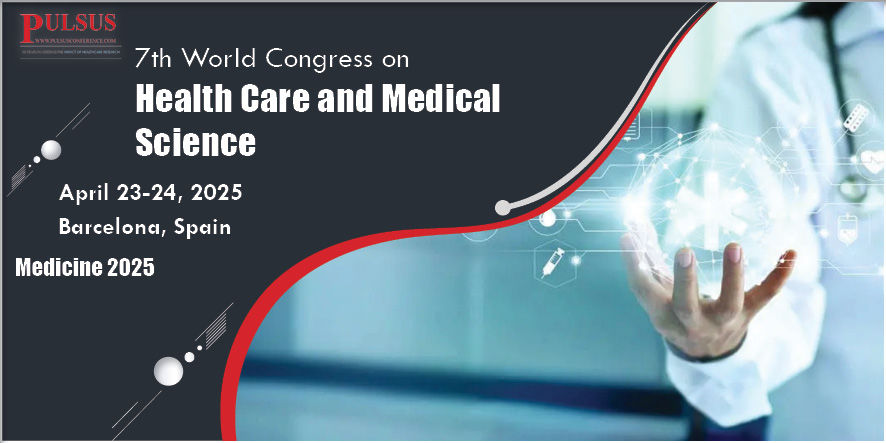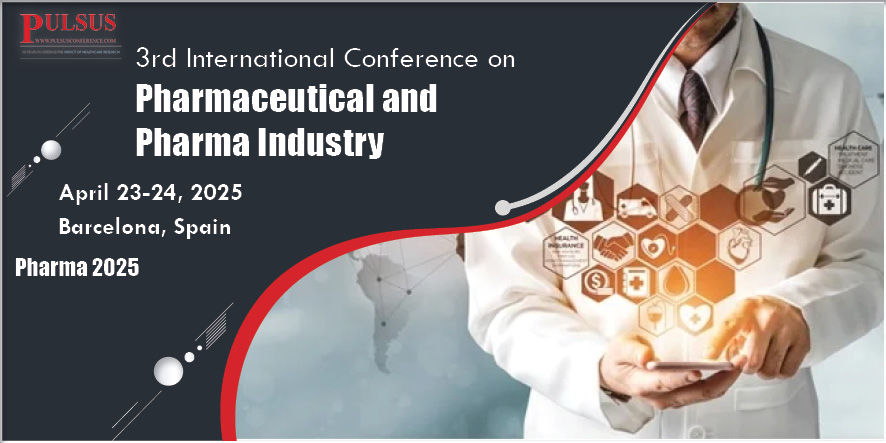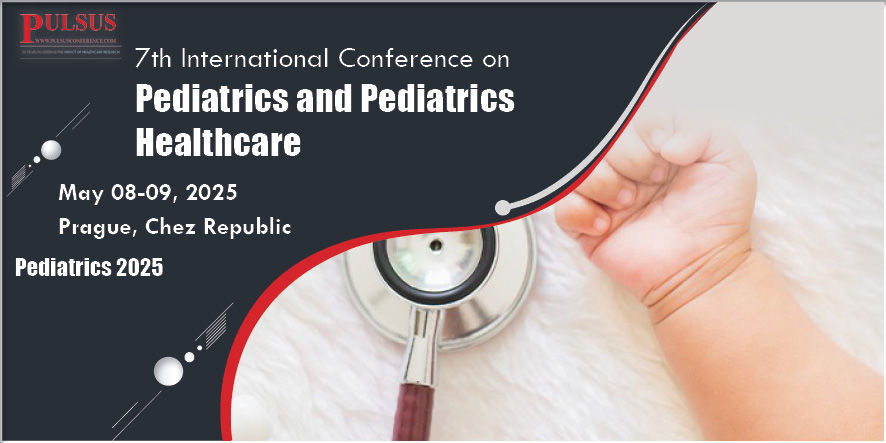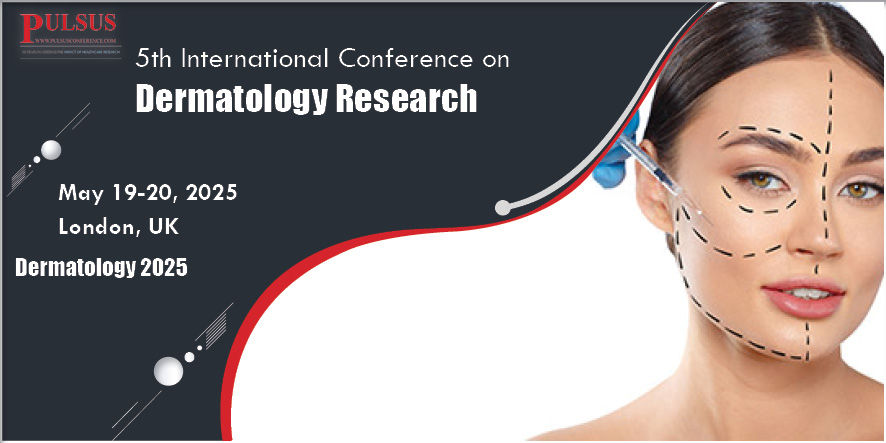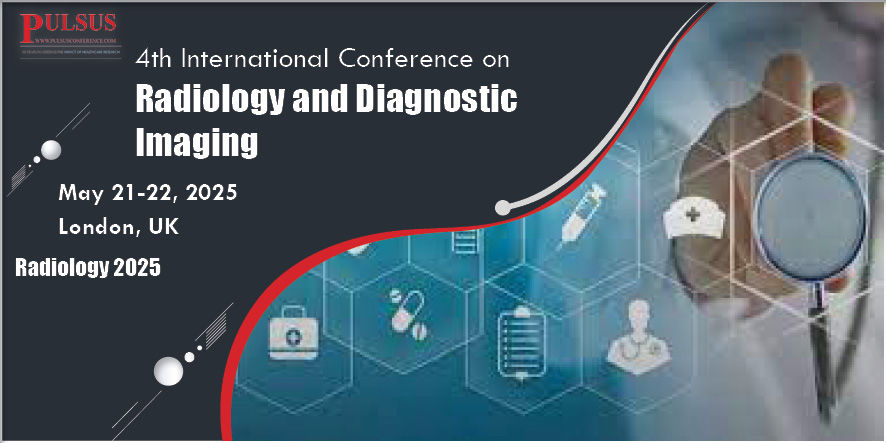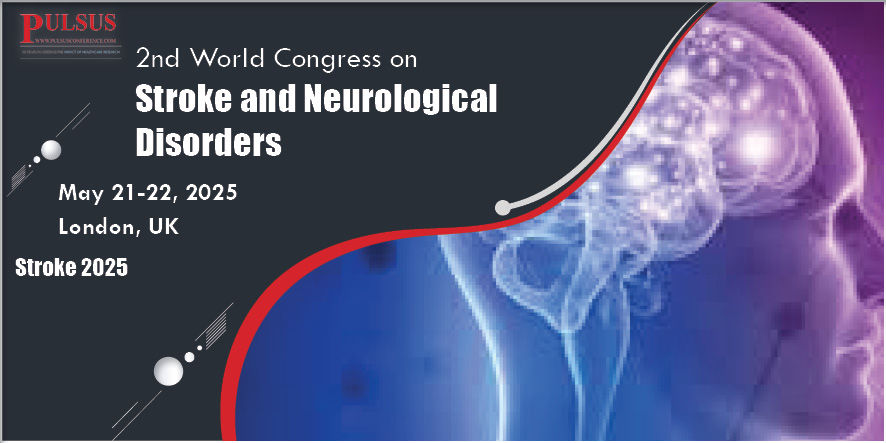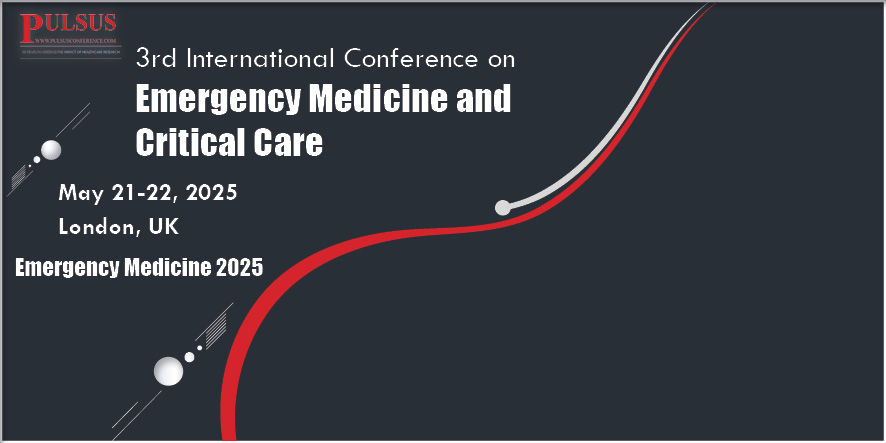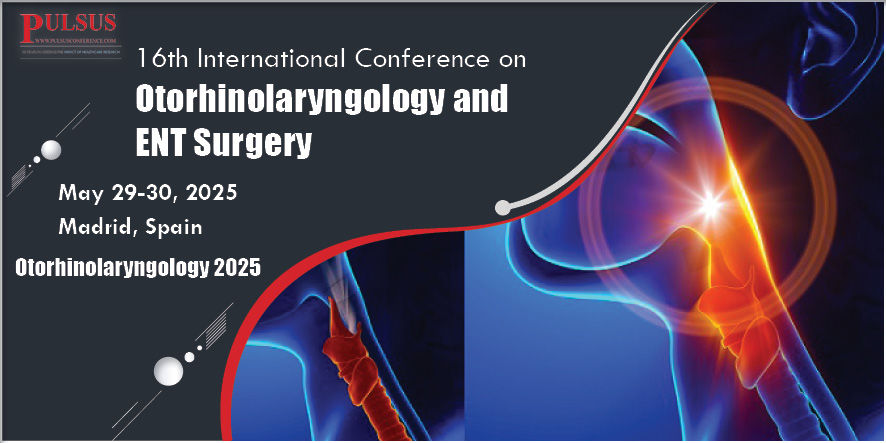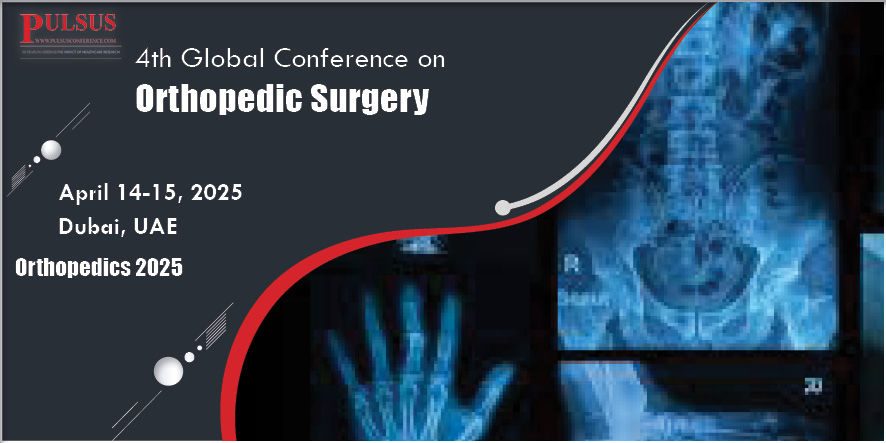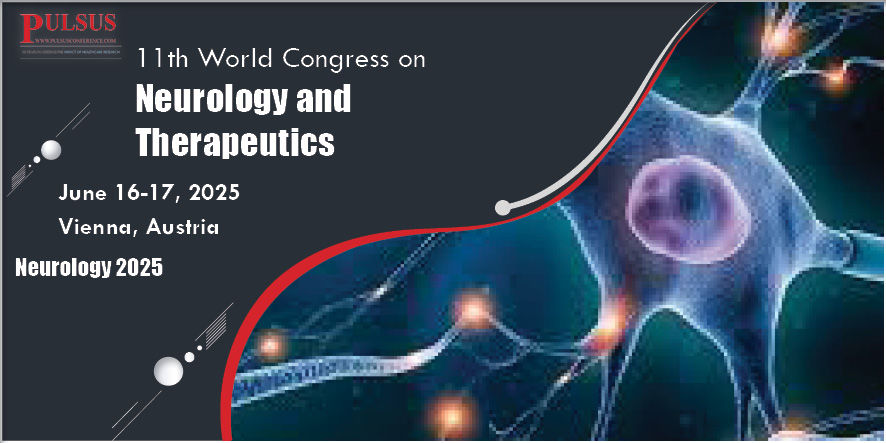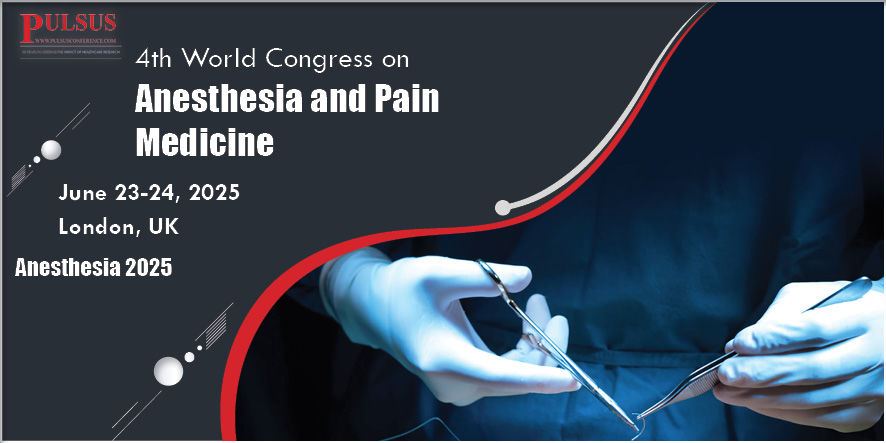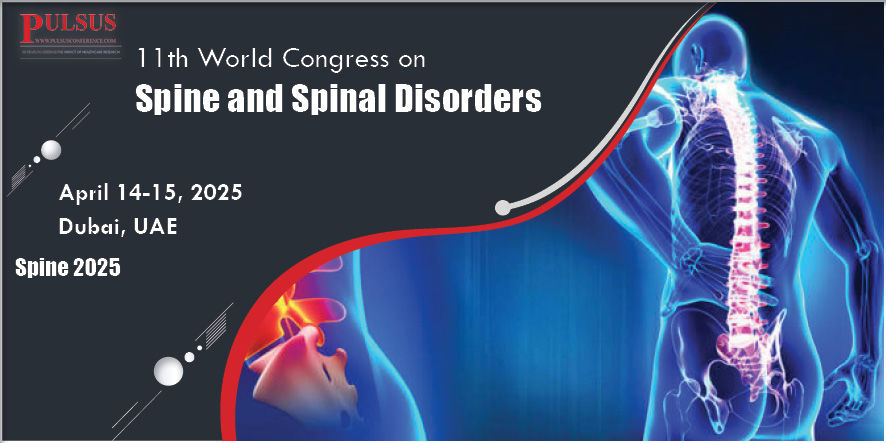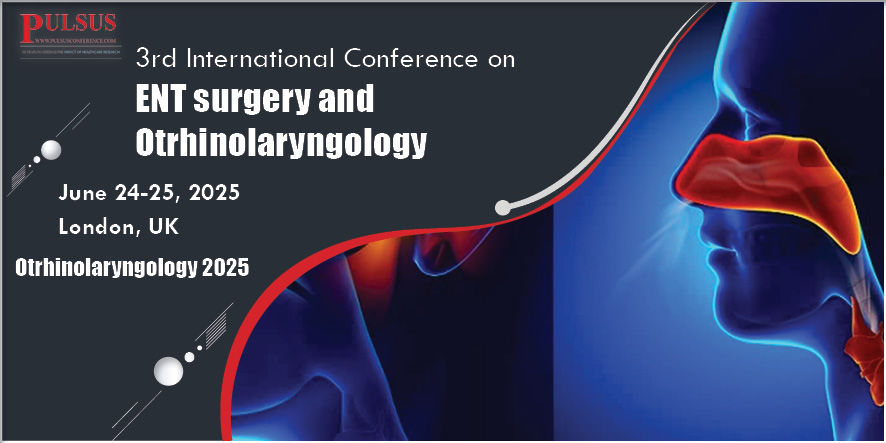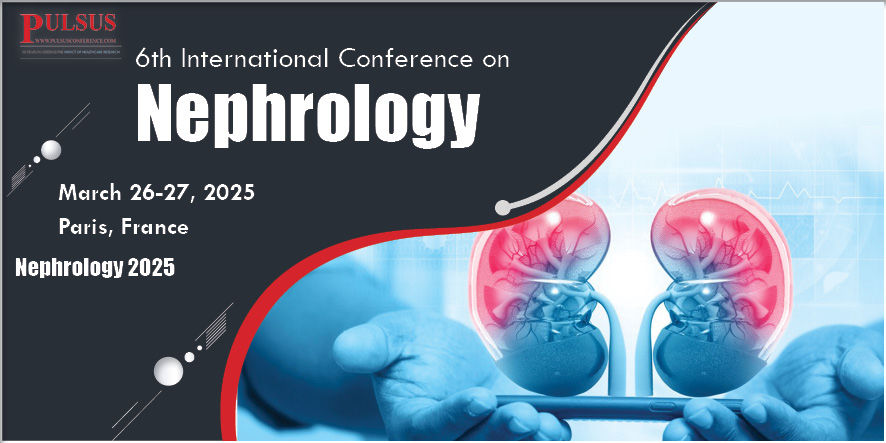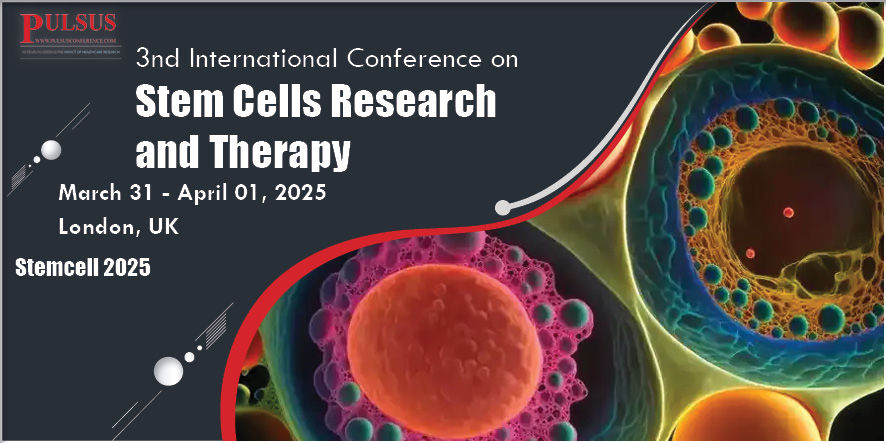About Genetics & Molecular Biology Conferences
Genetics and Molecular Biology:
Genetics Conferences 2023 | Genetics Conference | Molecular Biology Conferences 2023 | Molecular Biology Conference | Human Genetics Conference | Genetic Disorders Conference | Genetic Epidemiology Conference | Gene therapy Conference | Biochemistry Conference | Pharmacogenomics Conference | Proteomics Conference | Genetics Meetings | Genetics Events | Human Genetics Conferences | Human Genetics Events | Human Genetics Meetings
We are overwhelmed to welcome all the International Researchers, Speakers and Participants for our upcoming Genetics and Molecular Biology Conferences 2023.
The purpose of genetics and molecular biology is to figure out how the chemicals that make up cells influence the behaviour of living organisms. The study of biology at the molecular level focuses on the content, structure, and interactions of cellular components such as nucleic acids and proteins that convey biological processes necessary for cell operation and maintenance.
Polymerase Chain Reaction (PCR) improvements, "difference analysis", transgenic/gene knockout technology, and gene transfer to tissues/gene, Expanded Carrier Screening (ECS), the abolition of gamete donor anonymity, Preimplantation Genetic Testing (PGT), and Non-invasive Prenatal Testing (NIPT) are all the technological advancements in genetics and molecular biology.
The genetic and molecular biology market is expected to grow with a CAGR of 10.74% over the forecast period. Increased R&D expenditure, along with a strong market presence by established businesses, has created a high barrier to entry for new entrants. Abbott Laboratories, Bio-Rad Laboratories, Inc. (RainDance Technologies, Inc.), Myriad Genetics, Inc. (Myriad RBM, Inc.), Danaher Corporation (Cepheid), are some of the key players in the market.
Genetics and Molecular Biology meetings are a prominent interdisciplinary venue for academics, practitioners, and educators to present and discuss the latest developments, trends, and concerns, as well as practical issues and solutions in the fields of Biotechnology, Proteomics, Bioinformatics, Nano-Biotechnology, Nutritional Biochemistry and so on.
Genetics Conferences 2023 | Genetics Conference | Molecular Biology Conferences 2023 | Molecular Biology Conference | Human Genetics Conference | Genetic Disorders Conference | Genetic Epidemiology Conference | Gene therapy Conference | Biochemistry Conference | Pharmacogenomics Conference | Proteomics Conference | Genetics Meetings | Genetics Events | Human Genetics Conferences | Human Genetics Events | Human Genetics Meetings
Hereditary qualities are the logical investigation of qualities and heredity-of how certain characteristics or attributes are passed from guardians to posterity because of changes in DNA succession. A quality is a portion of DNA that contains guidelines for building at least one atom that assists the body in working. The word hereditary was gotten from the Greek root gen, which means to become or to develop into, and it was begat by Bateson in 1906 for the purpose of examination and investigation into the physiology of heredity and varieties.
Scope and significance:
- Geneticists concentrate on all parts of quality. The investigation of the method of quality transmission from one age to another is comprehensively called "hereditary qualities." The investigation of the design and capacity of quality structures is called atomic science, and the investigation of the conduct of qualities in populaces is called "populace hereditary qualities."
- It is the knowledge of how qualities behave and how they are transmitted down through the ages that has truly united science; previously, the specific arrangement of natural peculiarities had each been assigned to separate disciplines.
- A comprehension of how qualities act is currently a fundamental prerequisite for such natural fields of concentration as improvement, cytology, physiology, and morphology. A comprehension of quality transmission is an essential part of regions like nature, development, and scientific categorization.
- Throughout recent years, advances in biotechnology have really brought about the production of exceptional hereditarily designed types of microorganisms and growths that convey specific qualities from irrelevant life forms like people. These organisms are utilised to create such valuable mixtures as insulin, human development chemicals, and the antiviral (or hostile to malignant growth) specialist, interferon.
- In the advanced period, the hereditary qualities have changed in farming, development, cultivation, animal cultivation, and various different parts of science. The study of hereditary qualities has really shown its worth in eliminating various broken ideas about a man's legacy.
Several Related Terms!!!
- At least two types of quality with various aggregates are present at the same locus.
- As the two autonomous crossover cross, so the proportions of each joint phenotypic mix can be gotten by duplicating the probabilities of individual aggregates. This is called an "item rule."
- Cross: The deliberate mating of parental creatures for the purpose of hereditary examination.
- Cross that determines the genotype of a known aggregate.
- The quality association occurs when the impact of one quality at one locus interferes with, or obscures, the impact of another quality at another locus.
Market Analysis
The genetic market exceeded USD 14.8 billion in 2020 and is expected to grow at a CAGR of more than 11.6% in some areas between 2021 and 2027.of novel advancements as well as systems for inherited testing with extended accuracy and capability will really be a high-impact conveying factor for the market's improvement. The openness of viable and significantly sensitive systems for DNA sequencing for prenatal genetic testing further recommends new procedures for starting screening tests during new pregnancies. These procedures licence recognisable proof of unobtrusive amounts of foetal DNA that courses typically in the mother's blood during pregnancy. Furthermore, the advancement of NGS, a rapidly developing advancement that entails the sequencing of a whole genome or part of a genome and the rapid extraction of inherited information from normal materials, will fuel the gathering of innate tests in the not-too-distant future.
Molecular Biology is the investigation of science at a sub-atomic level. The field covers different areas of science and natural chemistry, especially hereditary qualities and natural chemistry. Sub-atomic science mostly worries about grasping the communications between the different frameworks of a cell, including the cooperation between DNA, RNA, and protein biosynthesis. It is directed at figuring out how these associations work.
Molecular Biology Techniques:
Molecular Biology is an area of science worried about the quality of RNA, the interpretation of RNA into proteins, and the role those proteins play in cell work. Since around 1960, sub-atomic scientists have created strategies to recognize, confine, and control sub-atomic parts in cells, including DNA, RNA, and proteins.
A few procedures utilised in the field of atomic science are portrayed below.
- This is most likely the most common strategy used in atomic science, and it is primarily used to duplicate DNA.PCR permits a solitary DNA succession to be enhanced into a huge number of DNA atoms. PCR can also be used to present transformations within the DNA or to present extraordinary limitation catalyst sites. Also, PCR is utilised to determine if a specific DNA segment exists in a cDNA library. Various kinds of PCR incorporate converse record PCR (RT-PCR) for intensification of RNA and quantitative PCR (QPCR) to gauge how much RNA or DNA is present.
- Articulation cloning: This procedure assists researchers with understanding how the proteins work. The DNA that codes for a specific protein is cloned or duplicated by utilising PCR into an articulation vector called a plasmid. The plasmid is familiar with either animal or bacterial cells. This plasmid has advertiser components that can invigorate the high articulation of the ideal protein so that its enzymatic action can then be analyzed.
- Gel electrophoresis: This is one more significant strategy utilised in sub-atomic science to isolate DNA, RNA, and proteins in view of their size by applying an electric field as the DNA passes through an agarose gel.
Market Analysis
The worldwide sub-atomic science chemicals, packs, and reagents market is projected to reach USD 29.7 billion by 2026, up from USD 15.3 billion in 2021, at a CAGR of 14.2% during the conjecture time frame. The rising number of genome projects combined with lower hereditary examination costs helps advance exploration in different areas, like infection treatment, customised medication, and microbial hereditary qualities. These cycles require the utilisation of different sub-atomic science proteins and reagents and are hence expected to drive the sub-atomic science catalysts, packs, and reagents market. Nonetheless, factors such as restricted repayments for hereditary testing are probably going to impede the development of this market.
Major Genetics and Molecular Biology industries
Genetics Conferences 2023 | Genetics Conference | Molecular Biology Conferences 2023 | Molecular Biology Conference | Human Genetics Conference | Genetic Disorders Conference | Genetic Epidemiology Conference | Gene therapy Conference | Biochemistry Conference | Pharmacogenomics Conference | Proteomics Conference | Genetics Meetings | Genetics Events | Human Genetics Conferences | Human Genetics Events | Human Genetics Meetings
Associations and universities' Genetics and Molecular Biology
Genetics Conferences 2023 | Genetics Conference | Molecular Biology Conferences 2023 | Molecular Biology Conference | Human Genetics Conference | Genetic Disorders Conference | Genetic Epidemiology Conference | Gene therapy Conference | Biochemistry Conference | Pharmacogenomics Conference | Proteomics Conference | Genetics Meetings | Genetics Events | Human Genetics Conferences | Human Genetics Events | Human Genetics Meetings
- Harvard University
- Massachusetts Institute of Technology.
- Stanford University
- University of California--San Francisco
- Helmholtz Association of German Research Centres
Metrics:
Pulsus Group is one of the world’s remarkable Scientific Conference Organizers who have their individuality on all the spectrums of Science, Technology and Business. A part of every conference series’ success specifically hangs on to how far it reaches the online community. Having an online audience is critical to make an international gathering a great success; be it research or academic or industrial.
Researchers, molecular biologists, biotechnologists, research institutes, and students are the primary participants to attend the Pulsus conferences on Genetics and Molecular Biology as represented in the below quoted metrics. Conferences based on genetics, molecular biology, GMOs, biochemistry show a significantly large number of unique visitors and page views which were proved to be a thriving success.
Pulsus further extends its frontier through maintaining its every conference proceeding in its respective conference webpages and its official social media accounts. Thus, aspiring to have the participation of the international scientific and industrial communities to come and experience the pack of talks, discussions, product exhibitions and alliances.
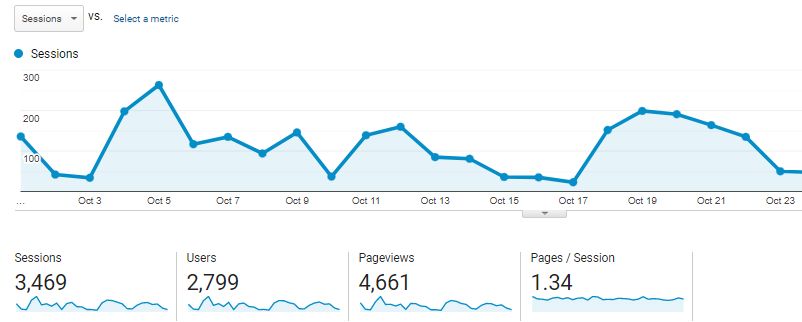
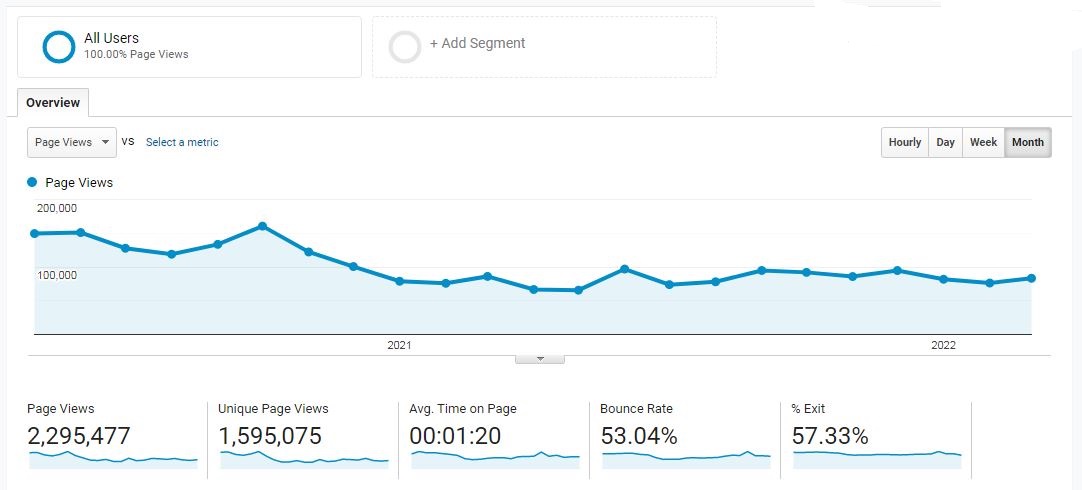
Genetics & Molecular Biology Conferences Pulsus Conferences
